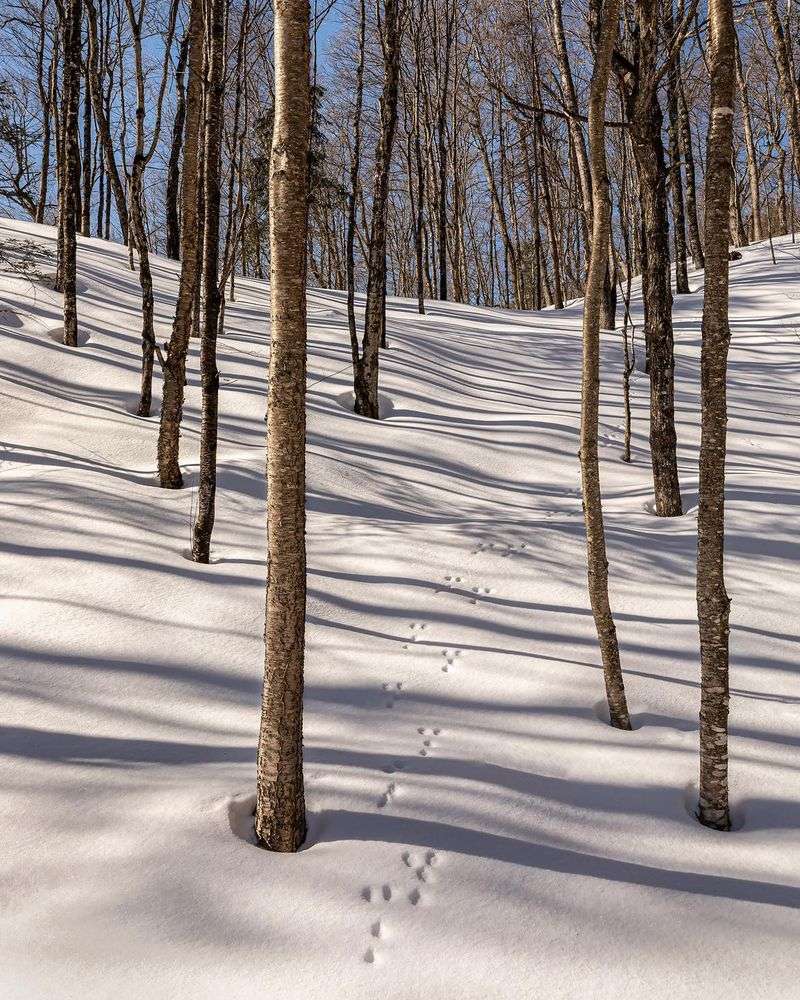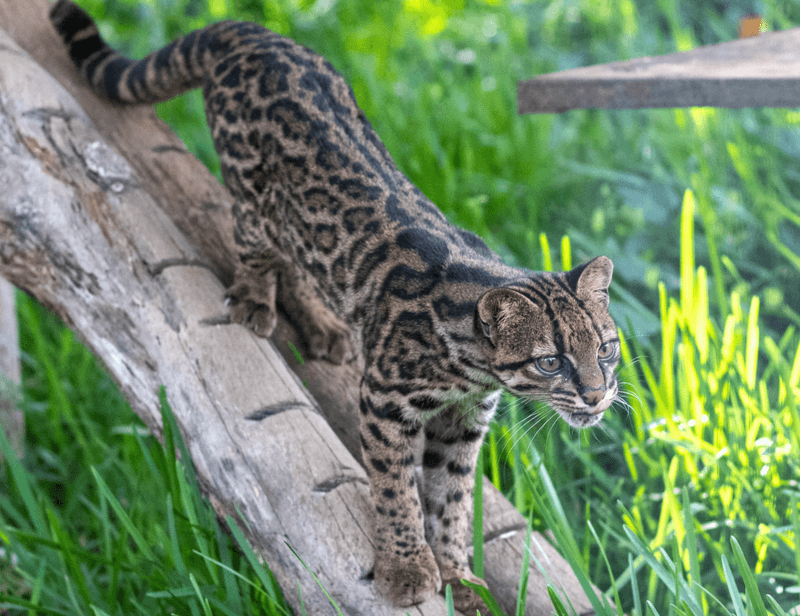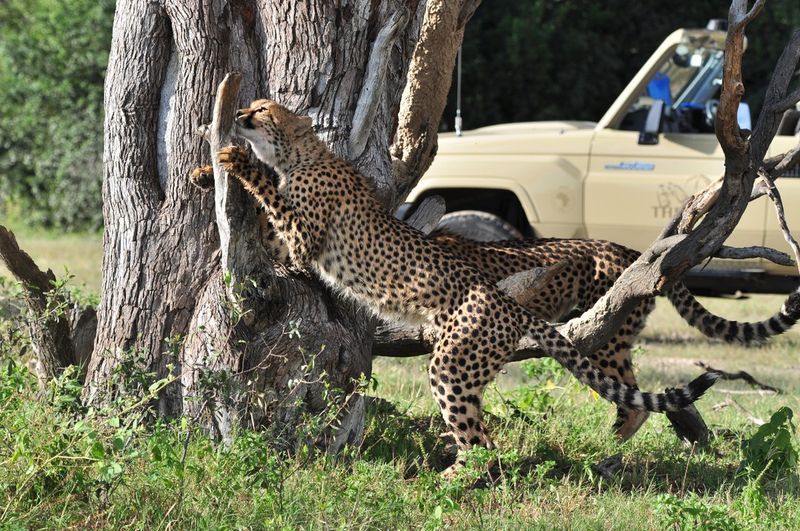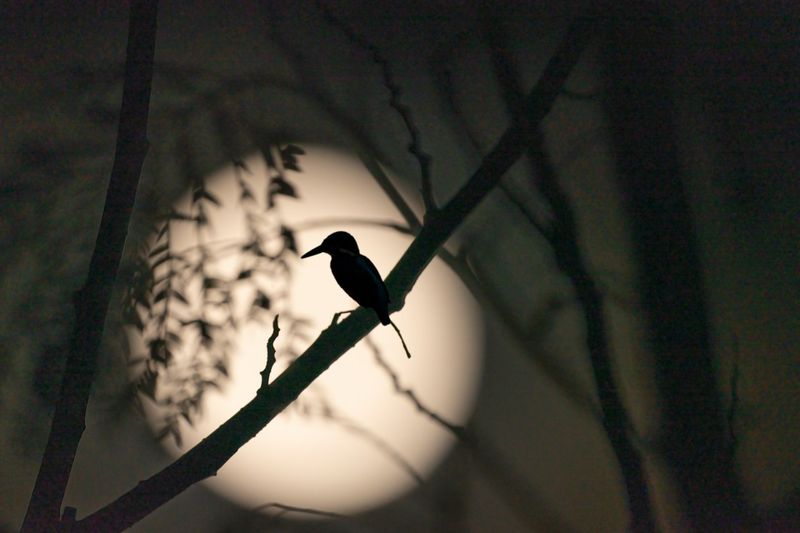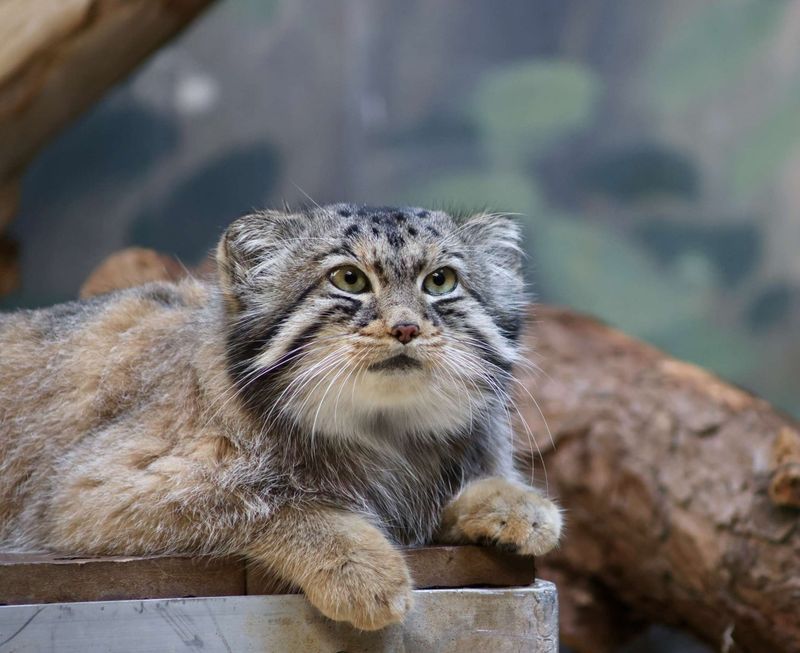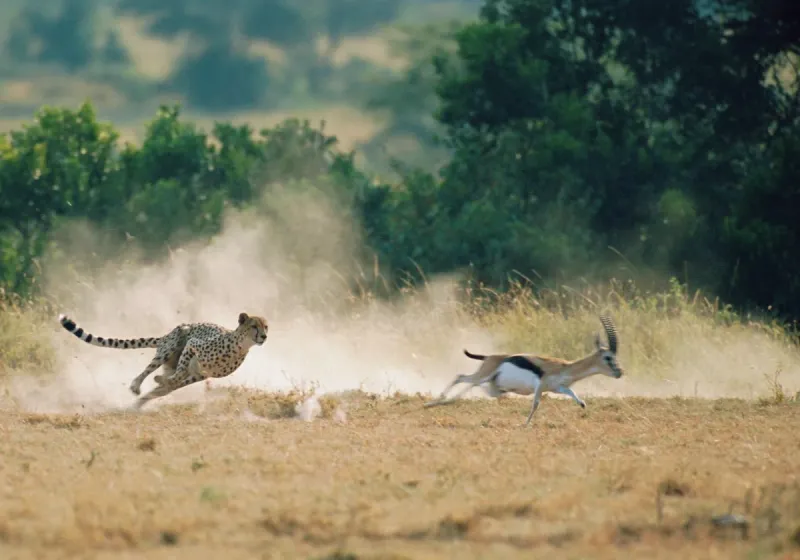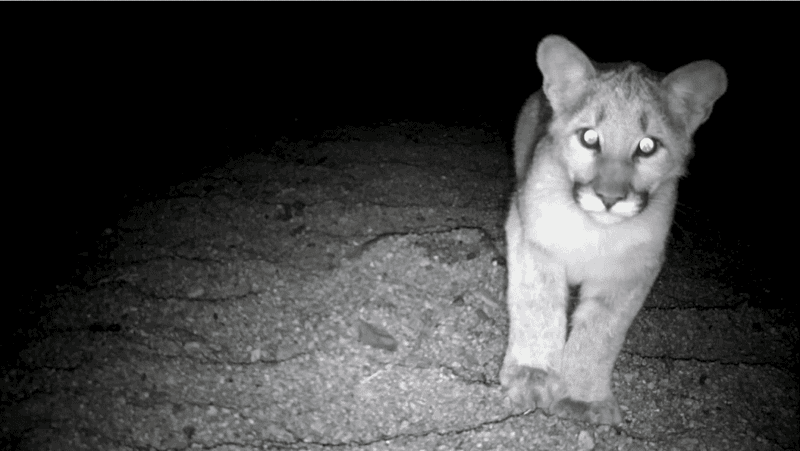📖 Table of Content:
Hiking through the wilderness offers an incredible opportunity to connect with nature, experience solitude, and take in stunning landscapes. However, the same peaceful environment that calms your mind can also be home to stealthy and elusive predators, including wild cats. These animals, such as mountain lions, bobcats, and lynxes, are rarely seen but often aware of your presence long before you suspect theirs.
While wild cat encounters are rare, understanding the subtle signs they leave behind can help you stay safe and informed on your journey. These animals are masters of camouflage and move silently through their territory, making it easy to miss the indicators of their proximity. Learning to recognize these signs can mean the difference between a safe hike and an unsettling surprise.
This article highlights seven key indicators that a wild cat may be lurking nearby. Each sign is drawn from expert observations and wilderness survival knowledge, offering practical advice for outdoor enthusiasts. Whether you’re a seasoned backcountry traveler or a weekend trail explorer, these tips are essential for your hiking toolkit.
1. Tracks or Paw Prints
Distinctive tracks in the soil or snow can be one of the clearest indicators that a wild cat has passed through. Unlike dog prints, which usually display claw marks, wild cats have retractable claws, leaving clean, rounded impressions with four toes and a large central pad. These tracks often appear along trails, ridgelines, or soft ground where movement is easier. By measuring the size of the print—typically 2 to 4 inches for mountain lions—you can also estimate the species. The freshness of the track can be gauged by how sharp the edges appear or whether moisture has distorted the print. Seasoned hikers often compare these prints to known animal shapes for identification. Paying close attention to tracks can reveal not only presence but direction and recent activity.
2. Scat (Droppings)
Encountering animal droppings may not be pleasant, but it’s an invaluable clue when identifying wildlife in the area. Wild cat scat tends to be tubular, segmented, and often contains remains of fur, feathers, or small bones from recent meals. These droppings are usually placed along trails, on top of rocks, or in other prominent locations as a territorial signal to rivals. Unlike herbivores, whose scat is often pellet-like, carnivores produce firmer, darker waste due to their protein-rich diets. The size and contents of the scat can also help distinguish between a bobcat and a mountain lion. Observing this detail carefully, even from a distance, can alert you to a predator’s presence. Always avoid handling scat, but consider photographing it if you’re tracking wildlife behavior.
3. Scratching Posts or Claw Marks
Trees scarred with vertical lines or logs with deep gouges are another subtle but telling sign of wild cats. These claw marks serve multiple purposes: sharpening claws, leaving scent from paw glands, and marking territory for other animals. Look for these signs at shoulder height, as cats tend to stretch up when scratching. The depth and width of the scratches can hint at the size and strength of the cat responsible. Often, these markings will be in areas with high visibility or along commonly traveled animal routes. Surrounding vegetation may also show signs of disturbance if the cat lingered or returned repeatedly. Taking note of these features can offer valuable insight into nearby wildlife dynamics.
4. Unusual Animal Behavior or Silence
Changes in the behavior of birds or small mammals can be an indirect but powerful warning of a nearby predator. Forests typically resonate with the sound of life—chirping, rustling, and buzzing—but these noises can suddenly cease when a predator enters the area. If you find yourself hiking in an area that suddenly falls silent, it may be worth pausing to assess your surroundings. Prey animals are highly attuned to danger and will often flee or freeze in response. Some birds may issue alarm calls or abruptly take flight without obvious cause. Even your pet dog, if hiking with you, may exhibit unease or alert behaviors that signal nearby wildlife. Recognizing these changes can help you detect a silent observer in the woods.
5. Strong, Musky Odor
At times, you might detect a pungent, musky scent while hiking through dense forest or brush. This odor is often caused by scent markings left by wild cats through urine or gland secretions. These markings serve as both boundary warnings and mating signals, especially during breeding season. The smell may linger in sheltered or windless areas, particularly near rocks, trees, or trail junctions. While not always strong, a sudden, unfamiliar scent in the wild should prompt heightened awareness. Different species produce slightly different smells, but all tend to be sharp and unmistakably animalistic. Hikers who are sensitive to smell can use this subtle cue to identify the presence of a territorial predator.
6. Partially Eaten Prey
Stumbling upon the remains of a recent kill is one of the most direct indicators that a wild cat is nearby. These animals are known to cache their food, often dragging carcasses to secluded areas and covering them with dirt, leaves, or debris to hide them from scavengers. If you find such a site, it’s best to retreat slowly and leave the area immediately, as the cat may be watching or planning to return. The prey itself can offer clues: deer and rabbits are common targets, and signs of suffocation around the neck are typical of wild cat kills. Bones may be broken with precision, indicating a strong jaw and hunting technique. You might also notice tracks or drag marks leading away from the scene. Always maintain a safe distance from any carcass you encounter in the wild.
7. Eyeshine or Silent Watching
Twilight or nighttime hiking can reveal one of the most haunting signs of a wild cat: the eerie glow of reflective eyes staring back at you from the dark. Wild cats have a reflective layer behind their retinas called the tapetum lucidum, which gives their eyes a glowing appearance when caught in light. The color and height of the eyeshine can help identify the species—typically amber or green for cougars, and closer to the ground for bobcats. Often, the animal will stay perfectly still, silently observing before deciding to retreat or investigate. Shining a flashlight into dense brush or trees may briefly reveal this hidden presence. Though it may only last a second, this moment is a clear signal that you’re not alone. Respect this encounter and move with calm, deliberate awareness.

